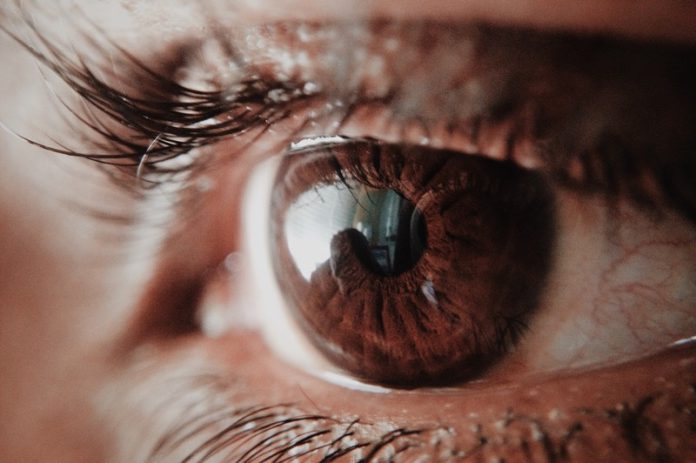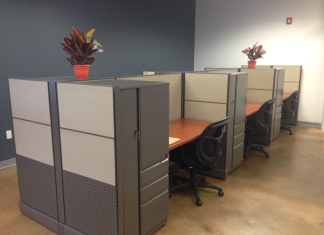Before you plan for your retirement, it helps to visualize what you want it to look like.
Basketball players are taught to picture the ball going into the before they shoot the ball. That’s because, when they do so, they’re more likely to make their shot.
Similarly, writers are taught to picture what the book they’re writing will look like when it appears in print, on the shelves at bookstores. Doing so helps them stay motivated throughout the entire process of composing the book, which can have its ups and downs.
Point being: when you visualize the future you want, you increase your chances of achieving it. That may sound a bit abstract, but it’s true.
What is Visualization?
Visualization means the formation of a mental image. These images can be simple or complex, static or moving. If you picture an apple, you are practicing visualization. If you picture your favourite scene from a movie you watched last week, you are doing the same. And if you picture what your retirement will look like, well, ditto.
There’s a key distinction to be made. Remembering how your favourite scene in a movie played out on screen is a form of past-oriented visualization. Visualizing your retirement is different, in that it’s a form of future-oriented visualization. What you visualize, when you visualize your retirement, has not happened yet.
Some people find future-oriented visualization more difficult than past-oriented visualization. If something hasn’t happened yet, how can you picture in your mind what it looks like? You need to use your imagination.
Memory vs Imagination
When you visualize the past, you’re using your memory. When you visualize the future, you’re using your imagination.
You’re more likely to achieve the life you want to have after retirement when you imagine that life. You’re more likely to enjoy life at All Seniors Care Living Centres, for instance, if you imagine what life would be like there—what classes you’d take, what friends you’d meet, and how you’d spend your days.
Imagining the Future Starts with Identifying Your Values
To imagine a future that you’ll enjoy after retirement, it helps to first identify what you value in life, as well as what you’re willing to sacrifice. If you value community more than solitude, then imagining life at a retirement residence might help you achieve the future that will fit you best.
Identifying your values might also help you visualize not only the future that you’ll most enjoy but also the concrete steps you’ll need to take to get there. If you value luxury, vacations, yachts, and fine wine, you’ll probably need to save a lot of money by budgeting, investing wisely, and the like. If something as simple as reading novels by a fireplace is enough to make you happy, by contrast, you won’t need to save as much.
As a general rule of thumb, however, expect that you will spend at least 80% of your yearly income now during your life after retirement. You might not, but it’s best that you plan your retirement as if you will.
Reference:
Seiferling, Nadine, and Alexandra Michel. “Building resources for retirement transition: Effects of a resource-oriented group intervention on retirement cognitions and emotions.” Work, Aging and Retirement 3.4 (2017): 325-342.















